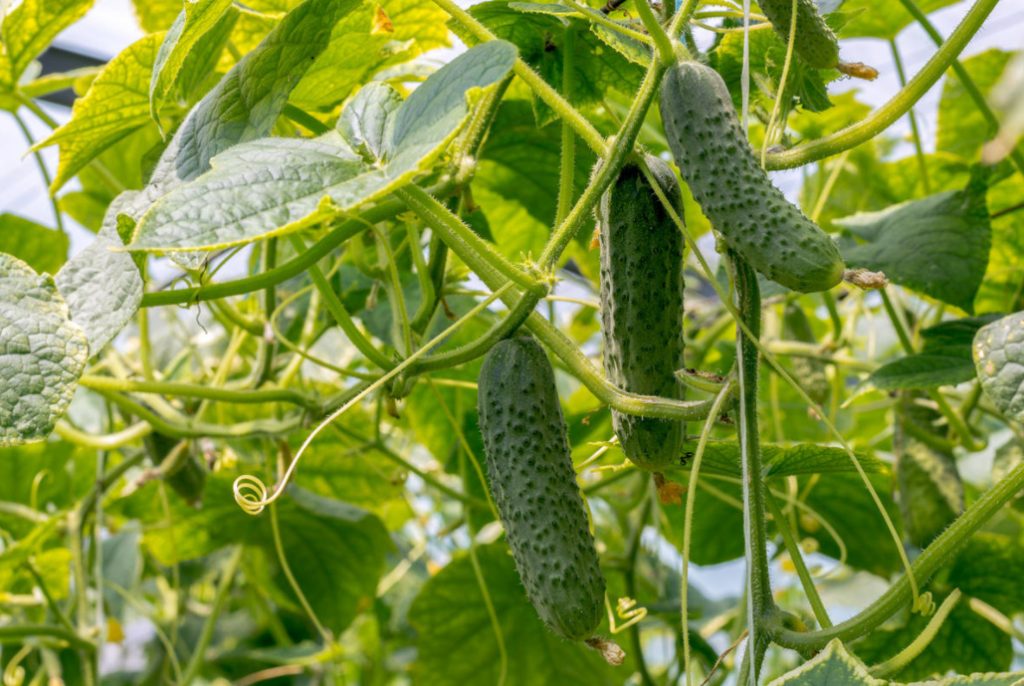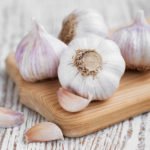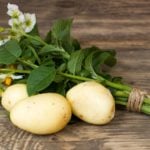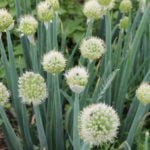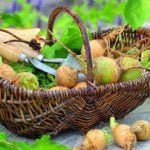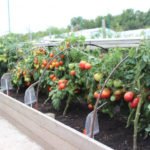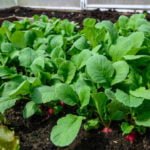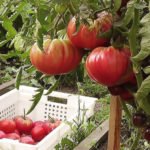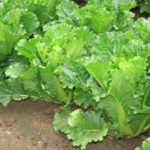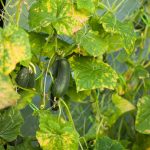The harvest of cucumbers in the country often turns out not quite as expected. Of course, much depends on the region, as well as on the weather conditions of the current season. However, the main guarantee of a good return on this crop is competent agricultural technology.
1. Do I need to preheat the cucumber seeds?
If you plan to plant hybrids (there is an F1 sign on such seed packages), then you do not need to, since they have a predominantly female type of flowering. If you are going to grow varieties, and at the same time you have fresh seeds, then warming up is recommended to stimulate the rapid appearance of female flowers, since the varieties on the main stem mainly form male flowers. How to distinguish them? In female flowers, a small cucumber is immediately visible, but in male flowers it is not.
How to warm up seeds
A month before sowing, hang the bag of seeds on the central heating battery. You can shorten this procedure if you warm up the seeds in a thermos with hot (+53°C) water for 15-20 minutes before planting, at the same time free the seeds from the pathogens of bacteriosis and anthracnose.
Where is it better to sow cucumbers
In regions with cold summers, it is better to grow cucumbers not in high greenhouses on a vertical trellis, but in a horizontal position in small greenhouses, because the warm air rising from the soil at night may well be kept in a small volume. In such areas, cucumbers are not grown in the open ground — they arrange covering beds, that is, they have to cover the plants at night, and open them during the day. This is convenient to do if you install arcs over the cucumbers — metal or made of willow twigs. To do this, you need to immediately remove the bark from the cut rods (at this time it is removed very easily). Bend the rods in arcs, sticking them in the soil. Such willow arcs serve for 5-6 years’ if they are taken out of the beds for the winter, tied in bundles and kept under the roof so as not to get wet.
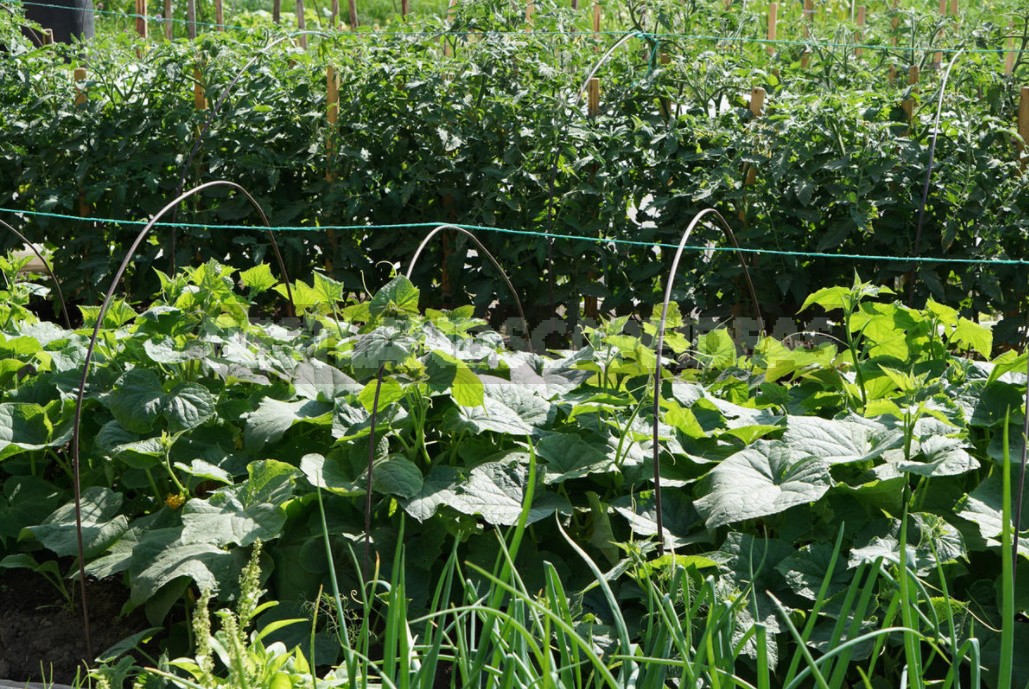
2. What do cucumbers like?
A fertile, humus-rich soil with a neutral or slightly acidic reaction (pH 5-6). Top Dressing with an infusion of fresh manure, mineral top dressing, moist warm air (85-90%, for normal growth and development they need a temperature above + 20°C), as well as moist warm soil (80-85%, the growth and development of roots go at a temperature above +15…+16°C).
3. What don’t cucumbers like?
Acidic, dense, poor, cold soil. Watering with cold water (below +20°C), drafts, a sharp change in temperature during the day and at night (they begin to turn bitter). At night, the temperature should not fall below +12…+16°C, otherwise the greens do not grow. In the daytime, the cucumber prefers a temperature of +22…+28°C, but not below +20°C and not above +30…+32°C. At a temperature below + 20°C, the growth and development of cucumber slows down, at +15…+16°C fruiting is suspended. In the heat, when more than +32°C, growth and development stop, and if the air warms up above +36…+38°C, no pollination occurs. At subzero temperatures, the cucumber dies.
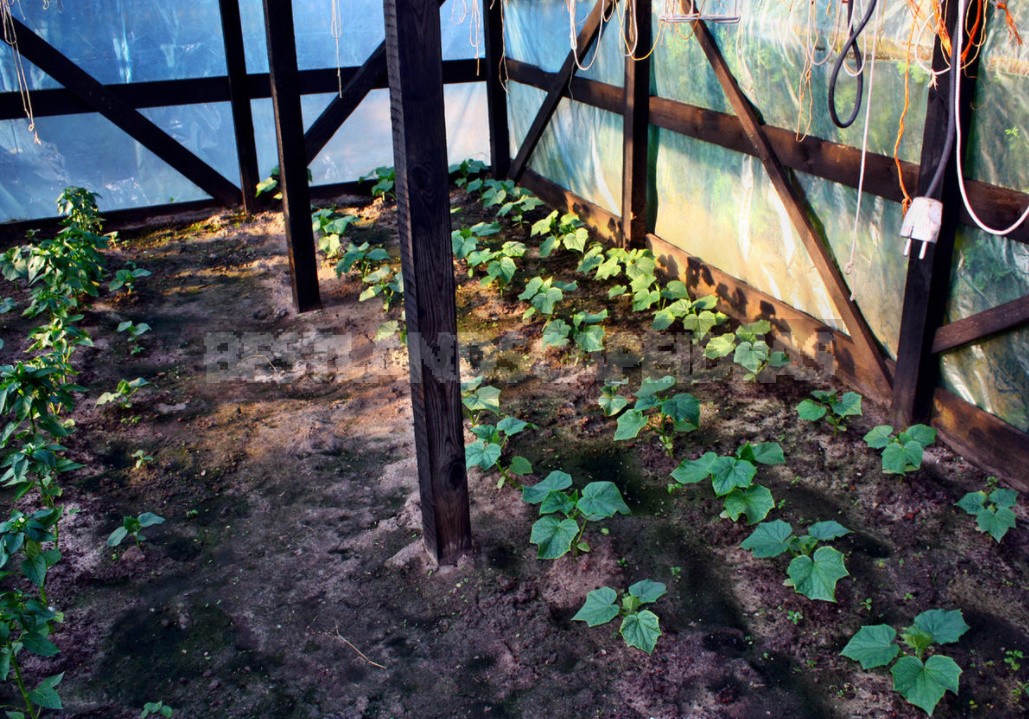
If the air temperature drops to +3…+4°C for a long time (10-15 days), the plants stop developing, become very weak and later become ill with root and stem rot. Cucumbers, like all pumpkin crops, have a weak root system and poor root regeneration. They do not like transplanting, loosening the soil, weeding, because at the slightest movement of the soil, they break off the hairs that deliver moisture — and no longer recover on this root. It takes time for a new root to grow, on which new hairs are formed. Naturally, at this time, development slows down.
Therefore, it is better to grow cucumbers in a seedless way — and not to transplant them, especially when more than 2 real leaves grow. It is necessary to mulch the soil under the plants, so that you do not have to loosen it, and cut the weeds at the soil level, and not pull them out.
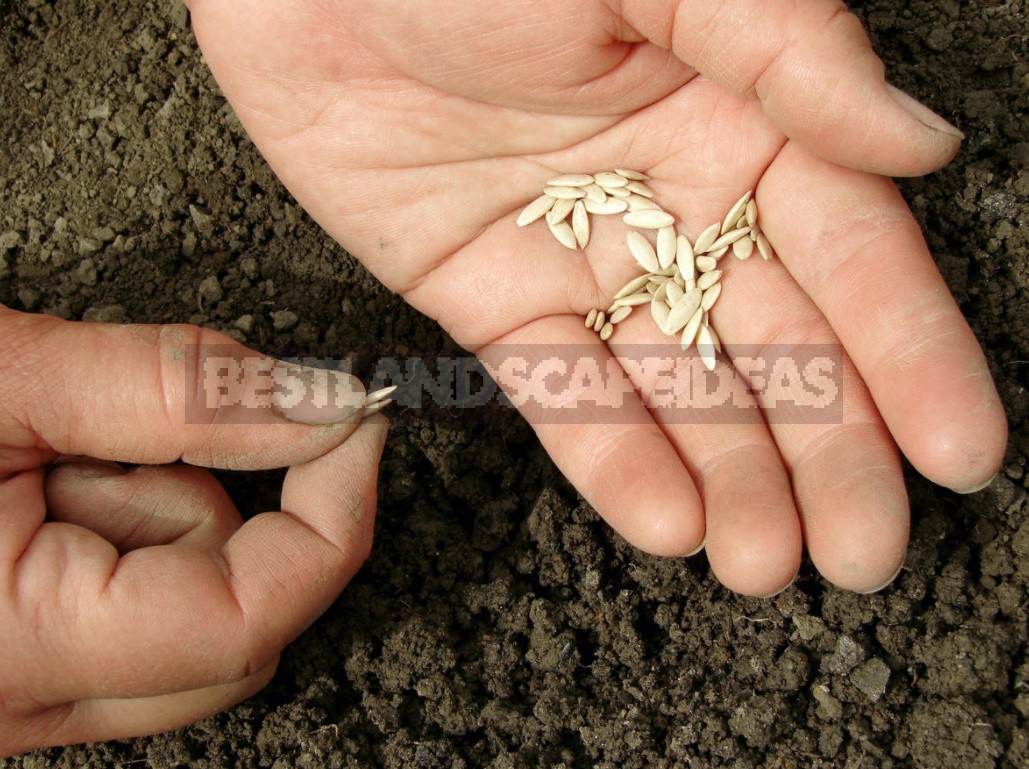
4. Is it possible to grow cucumbers and other pumpkin crops with seedlings?
You can, provided that you will transplant them into the ground by transshipment without damaging the roots at the age of 20-25 days after germination. It is in the stage of 1-2 leaves that pumpkin seedlings tolerate transplanting quite well, since they practically do not yet have a root system. If you do transplanting at a later age, then the formed roots will almost all die and after manipulations will begin to grow back.
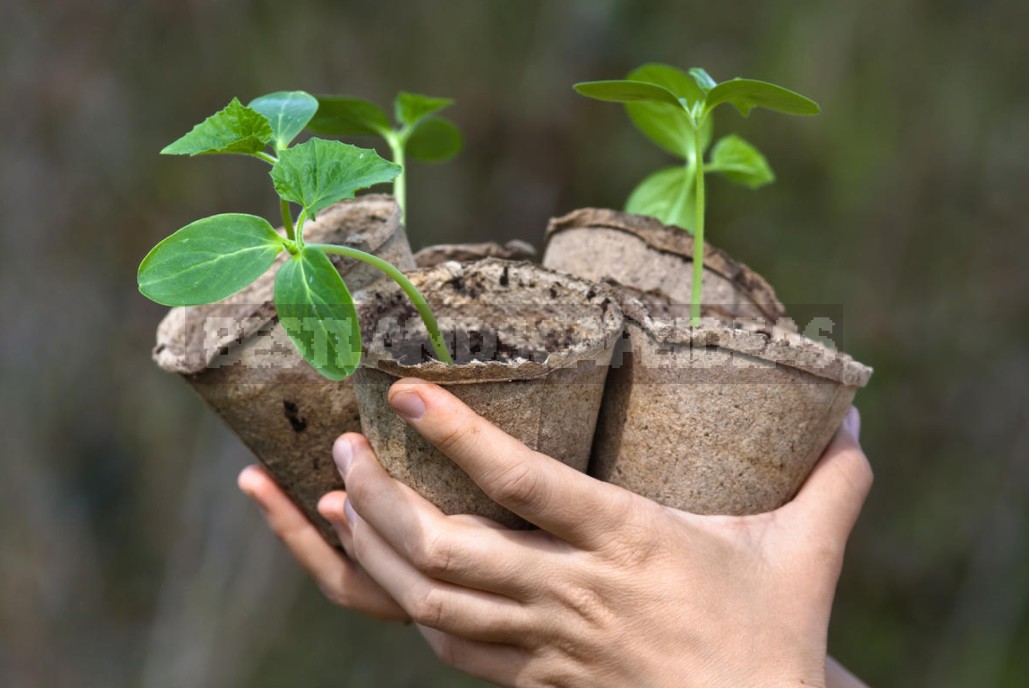
Containers for seedlings
You can grow seedlings in cylinders without a bottom, made of newspaper. The newspaper is folded 2 times in half and wrapped on the bottle. It turns out a paper cylinder. Its edges are fixed with paper clips, removed from the bottle and filled with a soil mixture. You can use a soldering iron to weld such cylinders from a piece of film. To do this, it is cut off with a strip about 30 cm wide and folded in half along the wide part. Now it remains to solder the film along the edge and cut it into pieces 15 cm long.
How to sow cucumbers for seedlings
Dry seeds are buried in moist soil. But they can be soaked and even pre-germinated. If you want to get the first cucumbers in early-mid-June, then sow them on seedlings 40-45 days before that — and transplant the young plants to a permanent place at the age of 20-25 days. The cucumber seed is quite large, when sown, it is buried in the ground to a depth of 2-2. 5 cm, compacting the soil. It is best to put the seed on the edge (this is recommended for all pumpkin crops).
Do not forget to start feeding cucumbers as soon as the seedlings appear. The transfer will be done by transshipment, putting the cylinders together with the newspaper in the prepared holes of the same depth as the cylinder. Add soil around the newspaper. Gradually, the paper in the soil will get wet, and the roots will grow through it.
If the seedlings are grown in cylinders made of film, then lower it into the prepared wells together with the film. Then carefully cut it open. The entire clod of earth will be in the hole without damaging the roots. Now pour the soil into the hole. Plantings carefully pour along the perimeter of the cylinders, without directing the jet under the root and trying not to fall on the leaves.
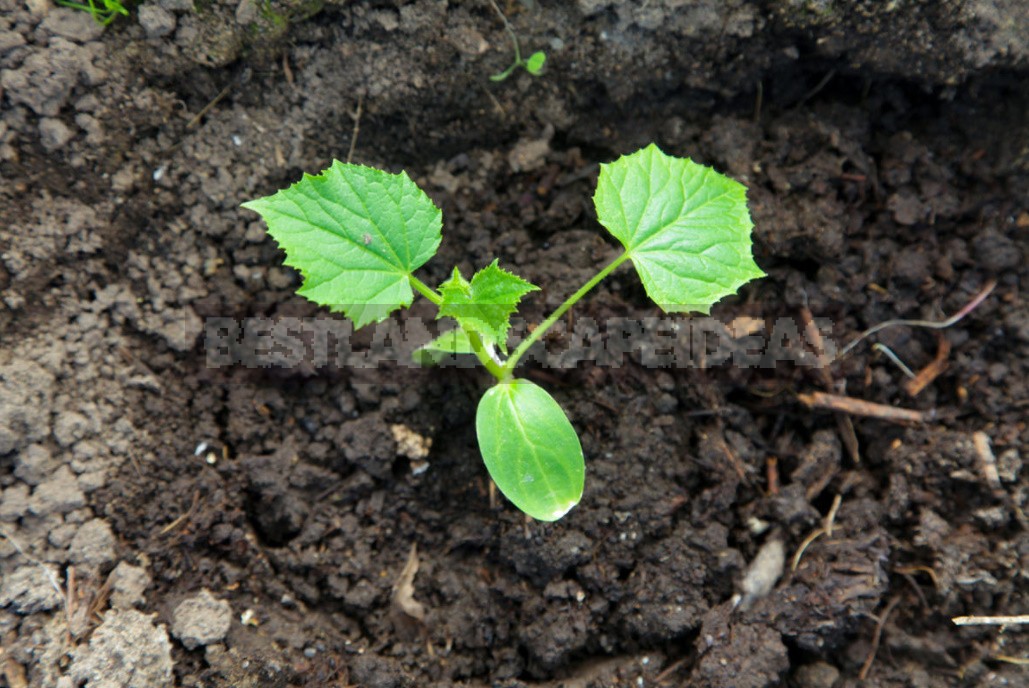
5. How to form cucumbers?
If you grow them in a horizontal position, then the formation is not required. If vertically, then the formation is reduced to the fact that you need to blind 3-4 lower leaves (pluck out what grows from the leaf sinus). This is done so that the lowest lashes do not grow: they take all the nutrients first, but almost do not bear fruit due to lack of light. In addition, they thicken the lower part of the plants, and due to poor ventilation, it is often there that stem rot begins.
Then, as the cucumber grows, it is necessary to make a pinch of the side shoots, breaking off the end as soon as 2 leaves are formed on them. Then there will be no thickening, all plants will have good access to light and air, and therefore, many fruits will be tied up and grow. If you do not do this, you will get a solid jungle of stems and leaves, among which only cucumbers will be visible in some places. The yield drops sharply with such uncontrolled growth.

As soon as you throw the cucumber stalks over the horizontal trellis (wire), stop pinching the side shoots. Their ends will branch, and on these branches the fruiting will be in clusters, that is, several cucumbers from one place.
There are varieties and hybrids that bear fruit in bundles throughout the stem. Single-stemmed varieties have also appeared, which either have no lateral shoots at all, or they are strongly shortened. Naturally, such plants do not require any formation. Their growth is usually limited, they end in a flower or a bunch of flowers. The fruits are formed only on the main stem, so the yield is generally lower, but they can be planted thicker, up to 10 plants per 1 m2, so that the total return from the area of the greenhouse (or garden bed) is the same.
6. Do I need to pinch cucumbers after the 4th leaf?
If these are hybrids, then it is not necessary, since they have female flowers on the main stem immediately. If it is a variety, then it produces mostly male flowers on the main stem. Female flowers usually appear on the side shoots. To speed up the formation of side shoots with female flowers, cut off the top of the head with the upper point of growth, and then the bud closest to it gives a side shoot.
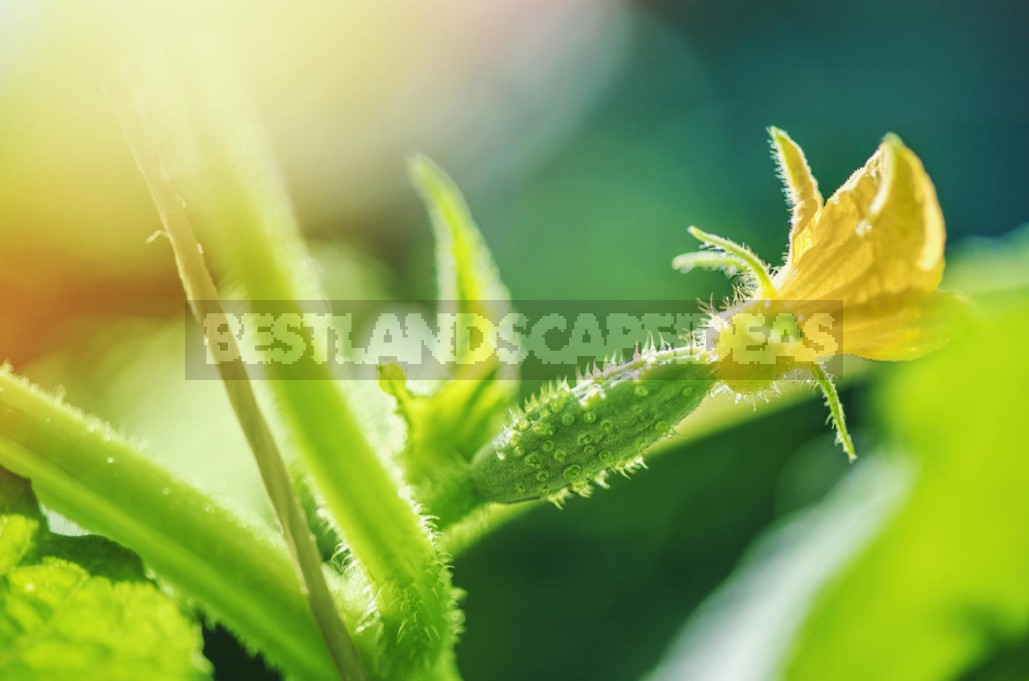
It is recommended to break off the top of the head (pinching) over the 4th leaf of the main stem. The first lateral shoot will later replace the ragged central stem. Pinching further lateral shoots is done in the same way as in hybrids-after the 2nd leaf. The plant is thrown over a horizontal trellis, forcing it to grow down, and no longer pinched.
Growing cucumbers in the country is not so much a complex process as it requires attention. Knowing the answers to the main questions, you will be more confident in your actions!
